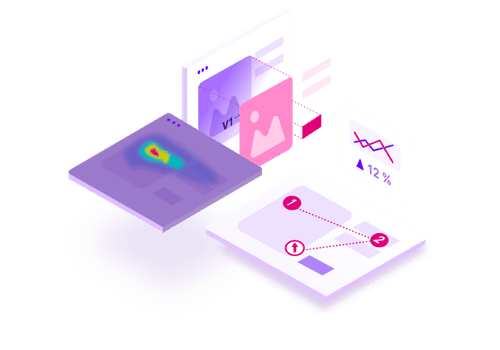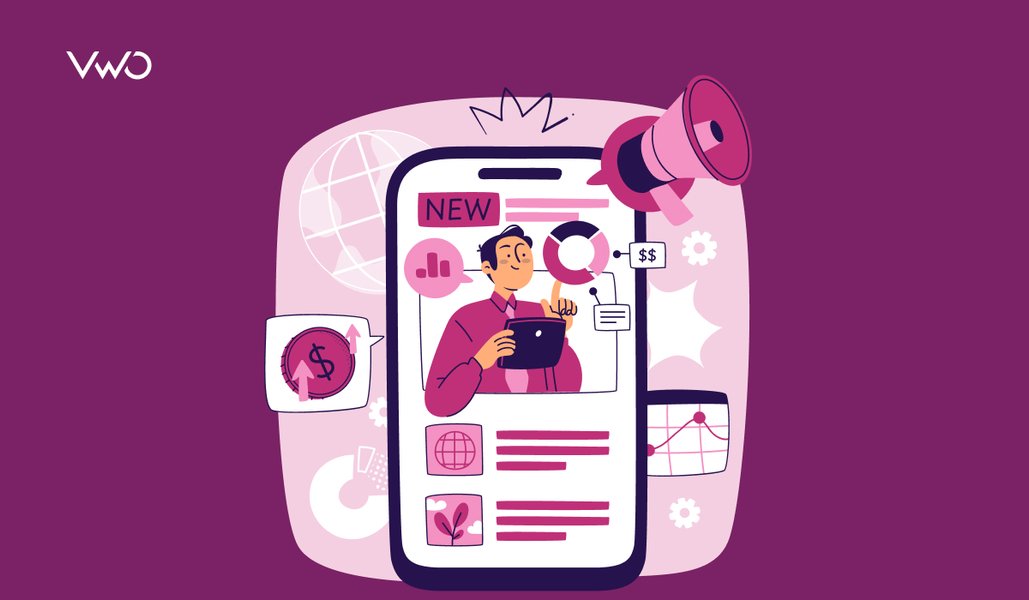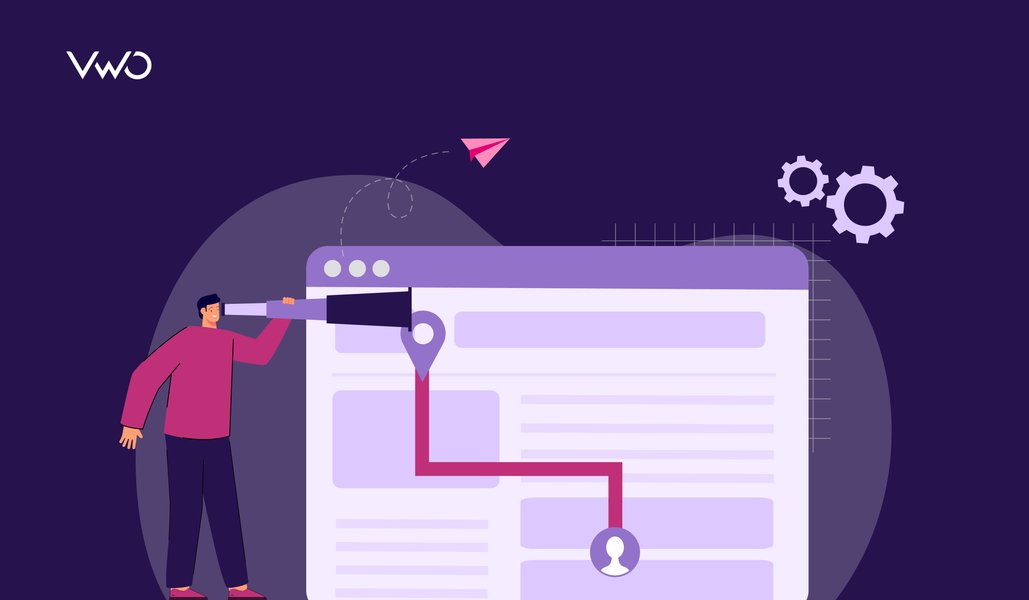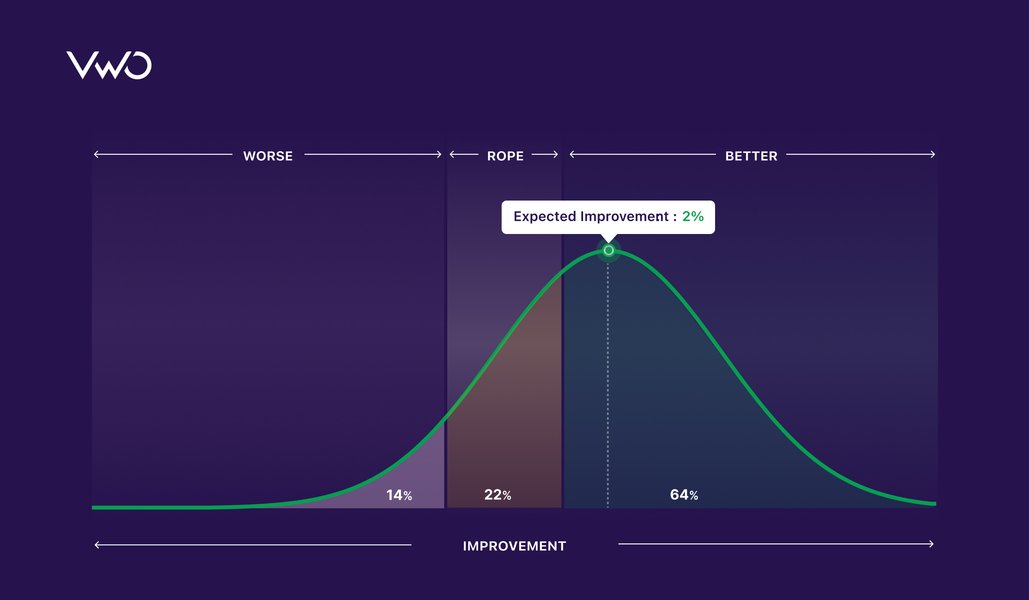5 Marketing Strategies To Grow Your Business During a Recession
The U.S GDP expanded at 2.6% in the Q3 of 2022, contrary to the growth forecast of 2.3%. Despite this somewhat promising growth, the possibility of a recession can’t be ruled out when we consider other persistent problems like interest hikes, rising inflation, and continuing jobless claims in the country.
The anticipation of an economic slowdown has caught businesses off guard while they gear up to face the brunt of it.
But what remains surprising is the general tendency of companies to slash marketing budgets when economic downturns result in lower sales and revenue losses for them.
Download Free: Conversion Rate Optimization Guide

Cutting down on the marketing budget and restructuring the marketing budget judiciously to adjust to the evolving economic uncertainties are two different approaches – with different outcomes. When you go ahead with the latter, it ensures the long-term sustainability of your business.
Then why do businesses decide to compromise on marketing? How should they strategize instead? We discuss all that and more in the next section.

During a recession, other expenses take priority, pushing marketing investments to the backseat. Paying employees’ salaries, running operations, adopting new tech stacks, and maintaining important contracts are considered more crucial for business survival.
Also, companies fear that promotions and advertisements around this time can displease customers who are now more likely to control their spending and are watchful of how brands position themselves during economic turbulence.
On the contrary, McGraw-Hill research showed that B2B organizations that maintained or increased their marketing budget during the 1981-1982 recession had significantly higher sales during and for the next three years following the recession.
So, how can marketers prioritize and adopt strategies that help businesses flourish during and after a recession? Here are 5 strategies you must take advantage of:
5 ways you can market your business during a recession
Customer marketing
Do you know even a 5% increase in customer retention can shoot up company revenue by 25-95%? This tells us that customer marketing – marketing to your existing customers – is the best bet during an ongoing recession when the focus is on achieving more by cutting down on spending.
Starbucks aced customer marketing during the 2008 recession. The world’s largest coffeehouse chain put customers at the heart of its recession-combat strategy by allowing customers to share their expectations to improve the ‘Starbucks’ experience. In fact, the brand launched the Gold Card reward program to indulge its ‘super users’ with freebies and other in-store benefits at the peak of the 2008 recession crisis.
It is this strategic customer marketing that cemented customer loyalty and helped Starbucks not only survive the recession but also come out of it stronger than ever. Here are a few tips for you to get customer marketing right in the face of an impending recession:
- Send personalized emails to maintain a personal rapport with existing customers by sharing relevant information and offers.
- Provide extra value through improved customer service, free add-ons to existing features, or offer detailed analyses of your customers’ problems and highlight how your product or service can solve them, and so on.
- Offer discounts or incentivize your users to encourage them to refer your brands to others (get decision-makers on board with these objectives).
Existing customers are the real driver of your future revenue growth, as they have the power to influence the purchase decisions of your potential customers. Don’t mind going the extra mile to please them and maintain a healthy retention rate if you want to build business resilience during a recession.
Content
Changes in customer behavior, choices, and buying preferences demand a new way of explaining your marketing message. With that said, we don’t mean changing your vision and mission; it is about finding a different and more relevant way of saying things. And how can you do it? By producing impactful content that resonates with audiences.
With 70% of customers wanting to learn about a brand through content rather than advertisements, content can be the medium through which you can reach your target customers without spending a lot on paid advertisements.
Getting your message across to target audiences has to be done thoughtfully during a downturn. Ensure the content your produce or revamp reflects the recent market trends and resonates with customers to help them figure out how your brand is helping them stay agile in times of crisis.
Need inspiration? One of the biggest cloud-based software companies Salesforce built its ‘Leading Through Change’ resource center, featuring blogs, webinars, videos, and ebooks to help businesses fight through the pandemic-induced economic crisis in 2020-21. HubSpot also walked the same route by launching Adapt 2020 to help businesses adapt to the changing environment through educational content.

How to level up your content game during a recession? Below are some tips you can follow for great results.
- Create content for every stage of your customer funnel to engage your audiences and encourage them to become your customers.
- Use positive language and maintain an empathetic tone in your content, considering the sensitive mood of your customers during a downturn.
- Repurpose your old best-performing content to increase traffic flow to your website and double the chances of generating more leads.
As content marketing costs less and generates more leads than traditional marketing, it makes a strong marketing investment against a recession backdrop. Even if you don’t see results right away, be assured that your content strategy will eventually bring more conversions. Till then keep creating content to educate your audiences and feature on their top-of-the-mind recall.
Conversion optimization
As recession grips the economy and businesses struggle to stay afloat, it’s never safe to put all your eggs in one basket. For example, paid advertisements may help get tons of traction to your website, but you wouldn’t want to keep all your eggs in it because throwing money at ‘low-traffic’ problems can be difficult for you in an already cash-crunch situation.
The above organic marketing methods can drive significant website traffic, but how do you convert that traffic to leads? This is where Conversion Rate Optimization (CRO) comes to your help. With CRO, businesses make the most of the existing traffic without pumping more cash into running ads to drive website traction.
Let’s say, you believe adding guest checkout will prevent drop-offs and encourage purchases on your website. So, you pit two experiences against one another (the control without guest checkout and the variation with guest checkout) to check which one performs better in driving more revenue conversions. You’ll obviously go ahead with the experience that shows a higher conversion probability. That’s a no-brainer. Thanks to A/B testing that helps marketers improve key metrics impacting important business decisions in critical times.
Now, remember, while A/B testing is one of the CRO techniques, CRO is an overall process of helping businesses deliver great user experiences. At a time when conversion rates are going down and users’ buying habits changing, CRO can indeed empower businesses by enabling them to identify optimization opportunities and improve conversions.
If you’re wondering where to start, you can try a holistic tool like VWO that facilitates hypothesis generation, user segmentation, a 360-degree view of customer data, and of course, different types of testing (not just A/B) to improve user experiences and contribute to business ROIs. Take an all-inclusive free trial with VWO to kickstart your CRO journey the right way.
Download Free: Conversion Rate Optimization Guide
SEO
Over 70% of B2B customers start their product research on Google search engines. How does this affect your SEO strategy during a recession? The answer is pretty simple. When customer needs and behavior change during a downturn, you can perform keyword research and follow search trends to understand what search terms customers use to find products, services, or answers to their problems on search engines. This way you can tailor content as per customers’ needs, driving more engagement and eventually convincing them to spend more on your brand.

You may also audit your content pieces and optimize some of them with SEO keywords to make them relevant to the current market scenario and stay real with your audiences. These combined efforts will help improve the online ranking of your content and bring them to the fingertips of readers who want the most relevant answers to their search queries.
Further, all those SEO strategies that were previously overlooked because of other priorities can now be addressed. So, when your competitors are busy pondering whether to do it or not, you can get an edge with SEO by improving site speed, crawlability, link building, indexation, and so on.
Much like content marketing, SEO takes time to show results, and you can’t immediately tie its metrics to your business revenue. On the better side, both these organic marketing activities cost less than paid advertisements while helping build brand awareness in the long run. In other words, make sure your SEO game doesn’t lose momentum right now because its results will outlast the recession when the economy recovers in full swing.
Co-marketing
Today, businesses can’t survive or function in siloes. They need to reach out to other like-minded people, build relationships, and establish authority in the industry. And co-marketing is key to this objective. We understand running a co-marketing campaign is not a cakewalk as it takes a lot of effort in finding the right partner, setting common goals, fitting into each other’s schedules, and so on. But when it’s done right, co-marketing campaigns can create a lasting impact on audiences.
If you wonder if co-marketing is worth giving a shot during a recession, we say look at how Netflix and Xbox nailed it back in 2008. Based on this deal, Xbox Live Gold subscribers could stream TV shows and films from Netflix on demand. It was a win-win for both parties as Netflix got access to some million Xbox members, whereas Microsoft saw this as an opportunity to pitch its gaming product to the potential customer base.

Considering the woes of the recession, co-marketing can also be cost-effective because both brands can pool resources together instead of only one party bearing the marketing costs. From creating shared content like eBooks, webinars, and blogs, to co-hosting product launches whether offline or online – co-marketing allows your brand to attract eyeballs, which in turn, contributes to revenue growth in the long run.

Before we sign off…
Adjusting marketing priorities is not just a recession-friendly strategy. It speaks volumes about how businesses form, value, and maintain relationships with customers when time is not in their favor. From a business perspective, such a mindset allows companies to be proactive rather than reactive to surrounding changes and turn challenges into opportunities at every step.
As one can figure out from our above discussion, marketing teams can do a lot more than they think to help companies sail through a recession. But before you dive into all strategies, start with A/B testing first to take the uncertainty out of decision-making and practice data-driven marketing during critical times. With a holistic and user-friendly tool like VWO, you are sure to maximize marketing wins and help achieve business goals. So, wait no more and make a head start today. Good luck!























